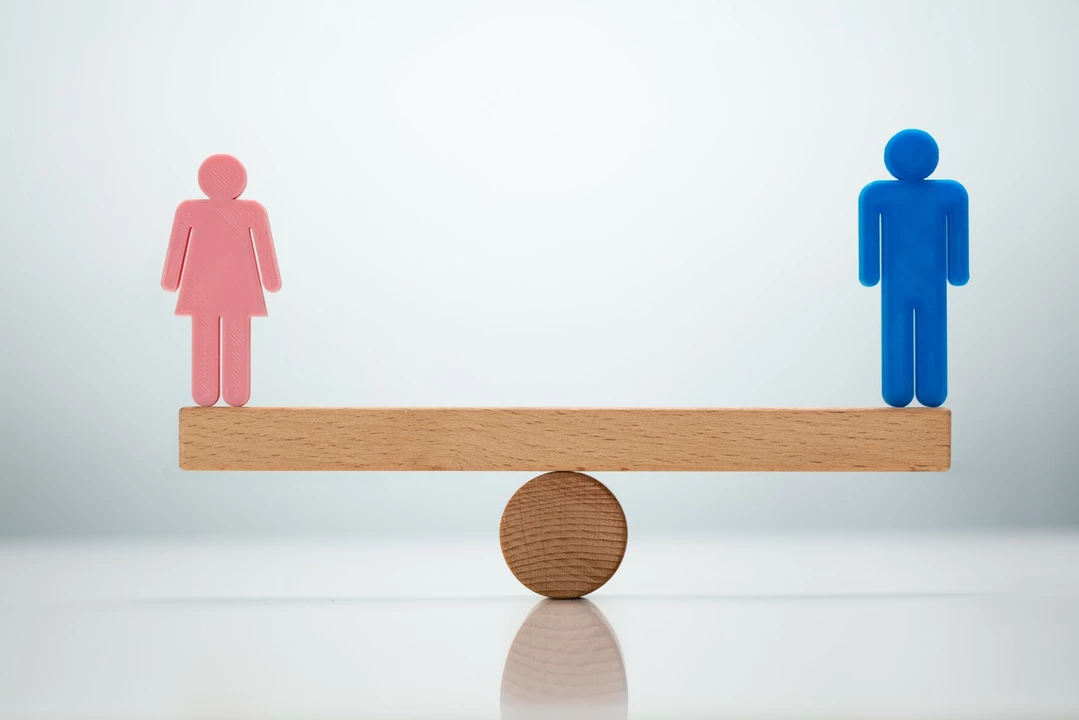Exploring the Debate Around Equal Pay in Professional Tennis
Tennis is one of the most lucrative sports in the world, with the world’s best players earning millions of dollars a year. But, when it comes to pay, the debate around equal pay for male and female players has been ongoing for decades. While some believe that men and women should be paid the same in professional tennis, others argue that there are valid reasons why male players should continue to earn more than their female counterparts.
At the heart of the issue is the fact that there are a number of differences between men’s and women’s tennis. For example, the men’s game is often considered to be more physically demanding, while the women’s game is thought to be more strategic. Additionally, male players tend to draw larger crowds than female players, resulting in higher ticket sales and greater revenue for tournaments. This often translates into higher prize money for men’s tournaments.
Proponents of equal pay in professional tennis argue that this discrepancy is unfair, as it rewards male players for their physical superiority rather than their skill as tennis players. They also note that female players often have to work twice as hard as their male counterparts to earn the same amount of money. Finally, they point out that women’s tennis has become increasingly popular in recent years, drawing large crowds and generating significant revenue for tournaments.
On the other hand, there are those who believe that men and women should not be paid equally in professional tennis. They argue that men’s tennis is a more physically demanding sport and that male players draw larger crowds and generate more revenue. They also point out that men’s tournaments often have longer matches and more sets, resulting in greater physical strain on the players. Finally, they note that there are still certain aspects of the game that are unique to the men’s game, such as the tie-break and the serve-and-volley style.
At the end of the day, the debate around equal pay in professional tennis is a complex one. While there are valid points on both sides of the argument, the ultimate decision will ultimately come down to tournament organizers, sponsors, and fans. It remains to be seen how the issue will be resolved, but it is clear that the debate is far from over.
Examining the Impact of Unequal Pay on Female Tennis Players
In recent years, the debate on whether female and male tennis players should be paid equally has been highly contentious. While it is true that both genders compete in the same sport and put in the same amount of effort and energy into the game, there is still a significant gap in the amount of money they earn. This unequal pay has had a huge impact on female tennis players, both financially and psychologically, and this article will examine this further.
The Financial Impact
The financial impact of unequal pay in tennis is obvious, as female tennis players are not earning the same amount as their male counterparts. This means that female tennis players are not able to save as much money as male players and may struggle to pay for the same training, coaching and equipment. This can lead to a vicious cycle of insecurity, as female players are always trying to catch up with the men in terms of skill and performance, but never quite make it due to the lack of funding.
The Psychological Impact
The psychological impact of unequal pay is equally as damaging. Female tennis players are constantly aware of the huge gap in their earnings compared to men, and this can lead to feelings of frustration, inadequacy and even worthlessness. This can have a huge impact on their performance, as they are unable to focus on the game itself and are instead filled with anxiety and fear of not being able to keep up with their male counterparts.
The Debate Continues
The debate over whether female and male tennis players should be paid equally is still ongoing. While some argue that tennis is a sport where skill and effort should be rewarded equally regardless of gender, others believe that the gap in pay is justified due to the significantly higher viewing figures and sponsorship opportunities for male players. The truth is that both sides of the debate have valid points, and it is important that the discussion continues in order to find a way to bridge the gap in pay.
Conclusion
It is clear that the unequal pay of female and male tennis players has had a major impact on female players, both financially and psychologically. This issue is highly contentious, and it is important that the debate continues in order to find a way to bridge the gap in pay. Until then, it is essential that female players are given the recognition and support they deserve in order to be successful in the sport.
